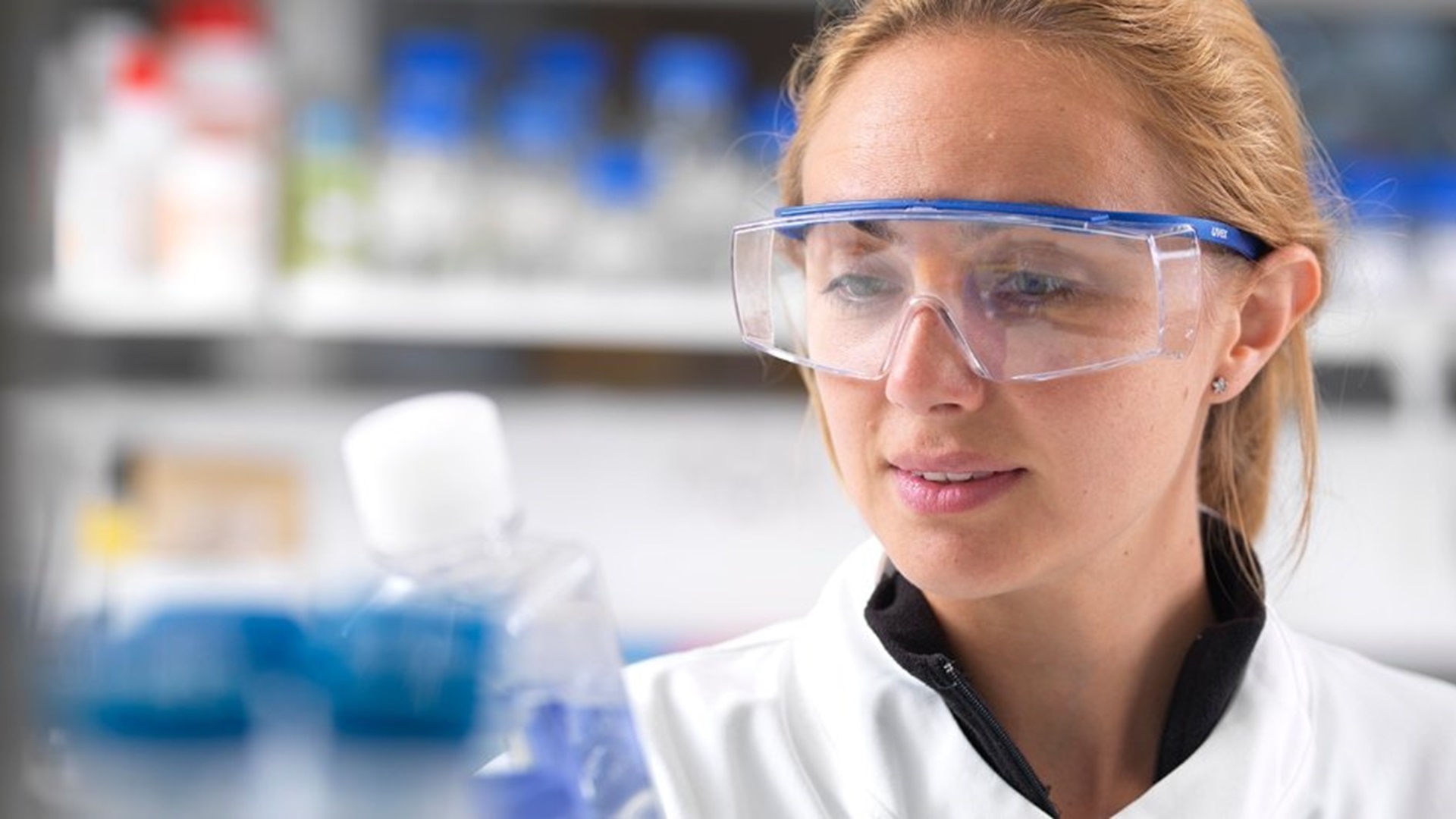
Opportunity: A deep-learning method to improve the analysis of MRI in clinical imaging
Dr Matthew Blackledge
ICR lead scientists/inventors:
Dr Matthew Blackledge
Opportunity at a glance
- The Institute of Cancer Research, London, is seeking commercial partners to exploit a novel method of analysing whole-body diffusion-weighted MRI (WBDWI) data collected using routine clinical imaging protocols.
- A patent has been filed (PCT/EP2022/083857) covering a deep-learning-based approach that enables the precise analysis of clinical imaging data collected at different time points.
- The new method will improve the ability of doctors to use clinical imaging data as a surrogate biomarker for assessing the tumour response to novel treatments.
More about a deep-learning method to improve the analysis of MRI in clinical imaging
Whole-body diffusion-weighted MRI (WBDWI) is a non-invasive imaging technique that measures the mobility of water molecules within a tissue, reflecting the cellular microenvironment. This tool provides unprecedented visualisation for diagnosis and response assessment of bone metastases from advanced prostate and breast cancers – and has recently been incorporated into UK guidelines for assessing myeloma.
In part, the success of WBDWI lies in its ability to measure changes in the tumour microstructure in the form of the Apparent Diffusion Coefficient (ADC) – which is calculated at every region throughout the body by sensitising images to water diffusion at two or more ‘b-values’. ADC is considered in many cancer types as a surrogate for tumour cellularity (the relative proportion of cancerous cells in a tumour). As this technique is non-invasive and non-ionising, monitoring changes in ADC may provide a marker of tumour response to novel therapies.
A successful imaging biomarker for assessing tumour response must provide repeatable (i.e. precise) measurements between successive tests. To provide the underlying confidence when measuring ADC and its changes following treatment, a mathematical technique has been developed to calculate ADC measurement uncertainty (uADC). This technique requires a minor alteration of clinical WBDWI protocols to retain the single acquisition/single direction images and the protocol to consist of 3 b-values or more. However, clinical imaging centres generally only retain averaged images at each b-value to reduce storage overheads and many WBDWI protocols consist of only two independent b-values – making it difficult or even impossible to calculate uADC.
ICR researchers have now developed a new deep-learning-based approach that can provide a measure of uADC from standard clinical images and/or enables a calculation from protocols with only two independent b-values. Their results from a study of 16 patients with advanced prostate cancer demonstrates the accuracy of this new approach compared to current gold standard measurements.
Key points
- This novel deep-learning method can provide a robust estimate of uADC for WBDWI datasets acquired with as little as two unique b-values – making it possible to analyse more clinical datasets than before. Computers in Biology and Medicine 149 (2022) 106091 Computers in Biology and Medicine 149 (2022) 106091.
- The technique does not require changes to existing clinical imaging protocols – and could therefore be applied to existing data for the retrospective evaluation of routine WBDWI.
- Applying this method could help improve the ability of doctors to monitor how well a patient’s tumour is responding to a treatment using this non-invasive imaging biomarker.
Key publications
K. Zormpas-Petridis et al, Deep-Learned Estimation of Uncertainty in Measurements of Apparent Diffusion Coefficient from Whole-Body Diffusion-Weighted MRI, Computers in Biology and Medicine, 2022; Doi: 10.1016/j. compbiomed.2022.106091.
Contact us
Contact:
Ceri Mathews PhD
Senior Business Development Manager
The Institute of Cancer Research, London